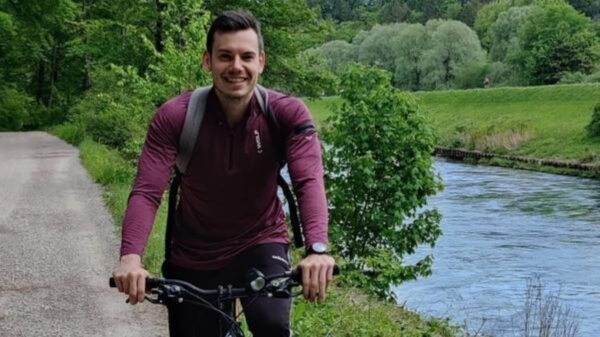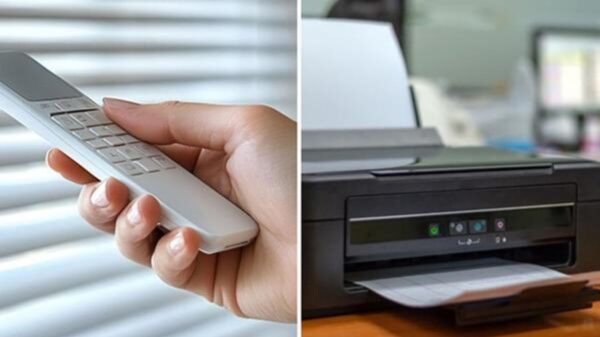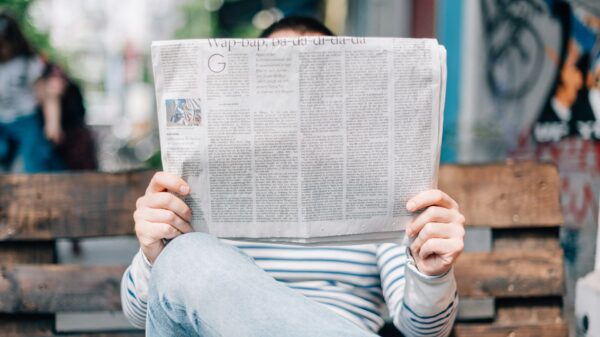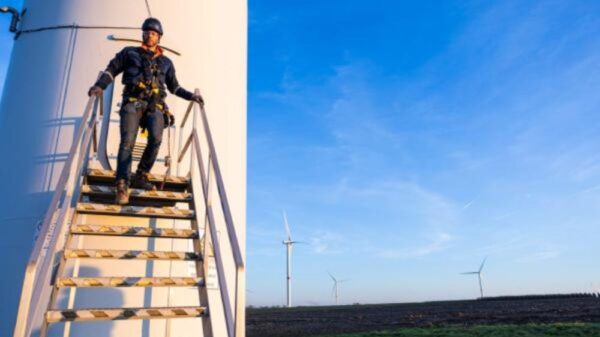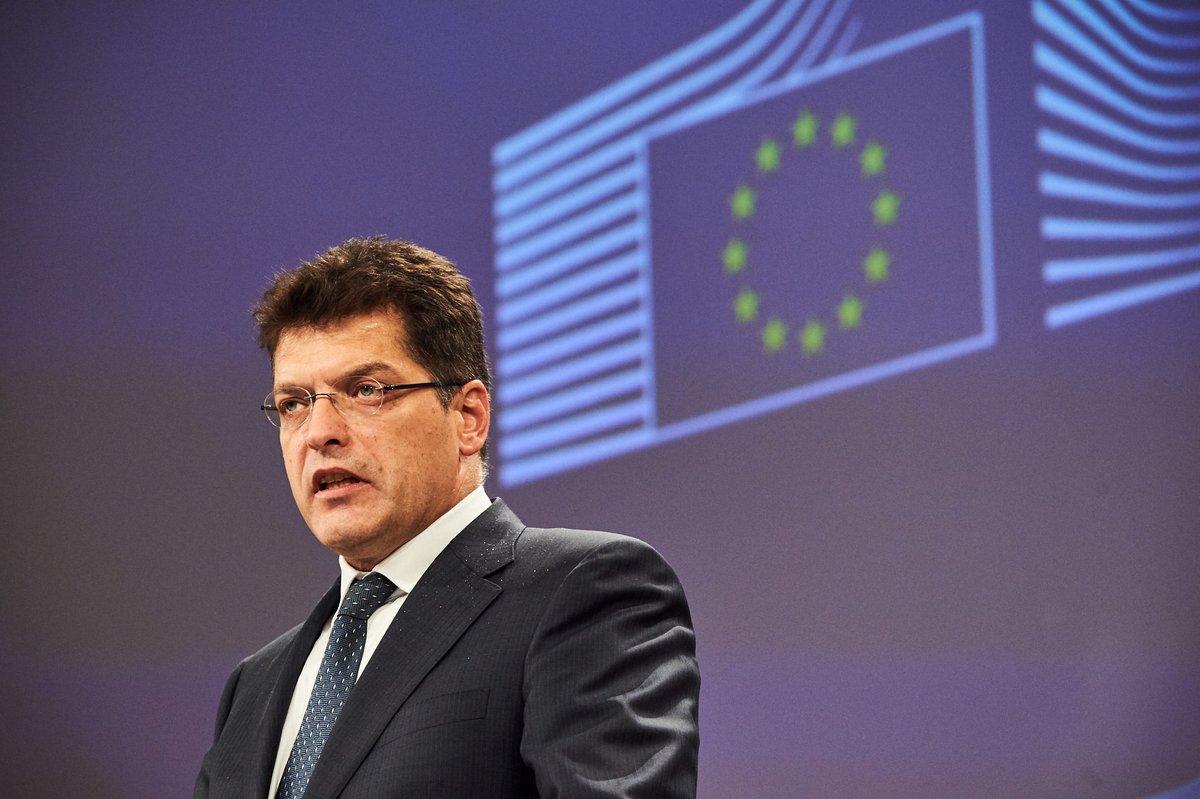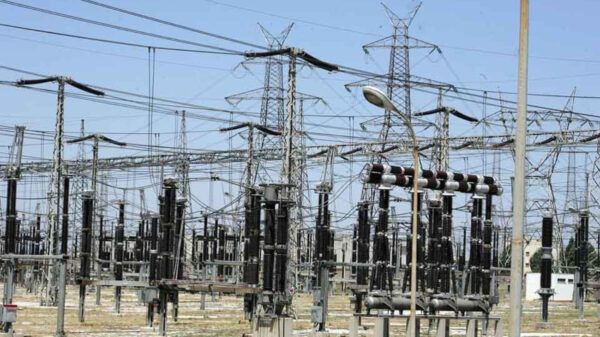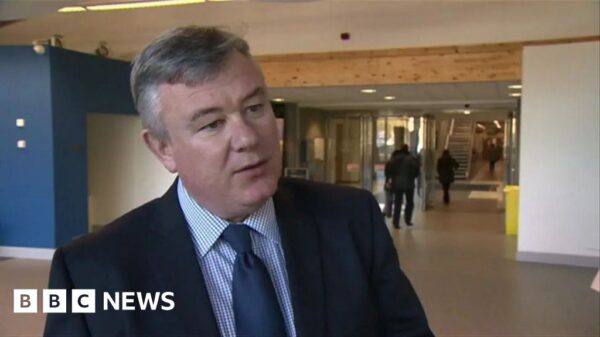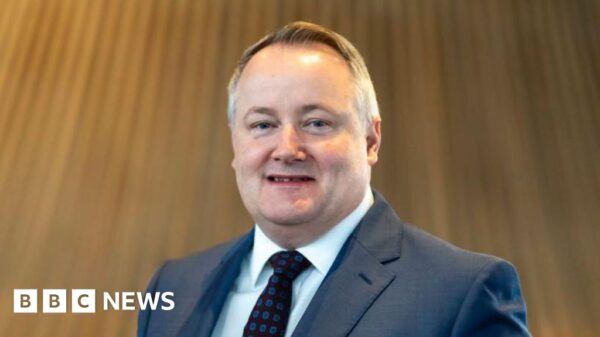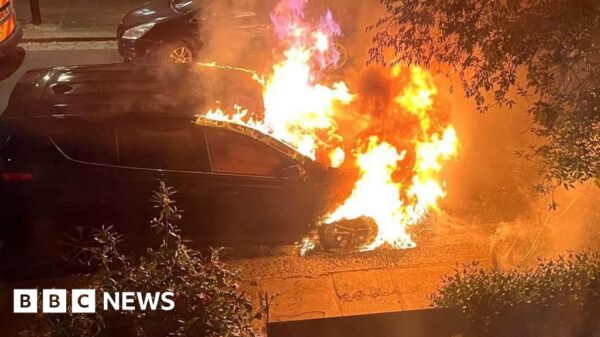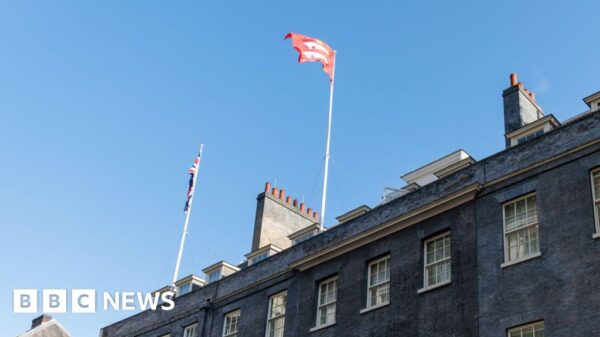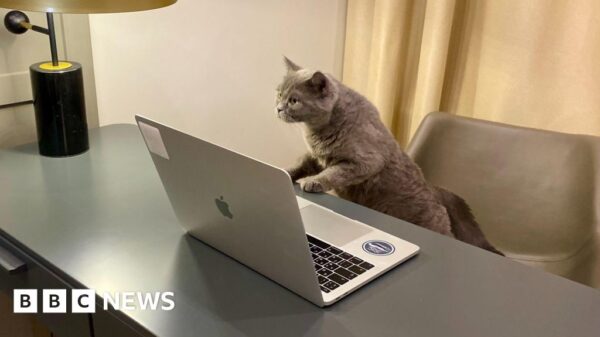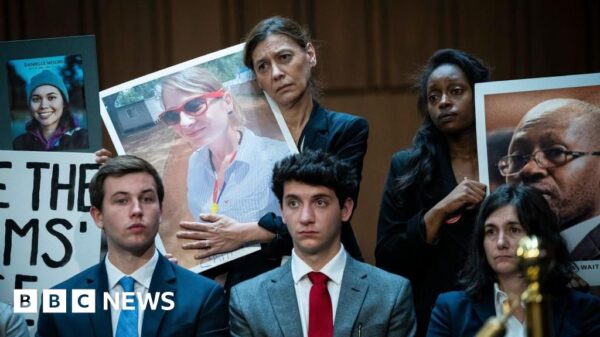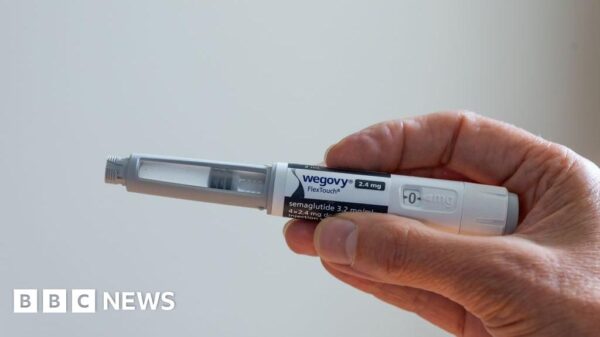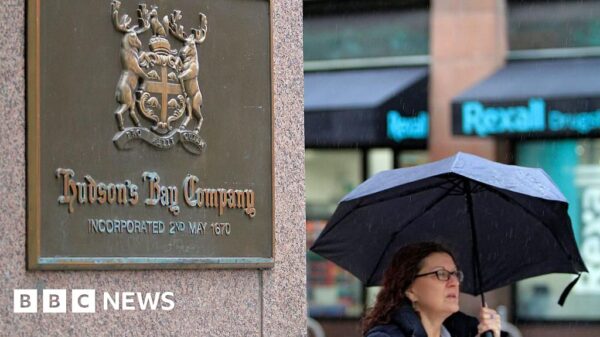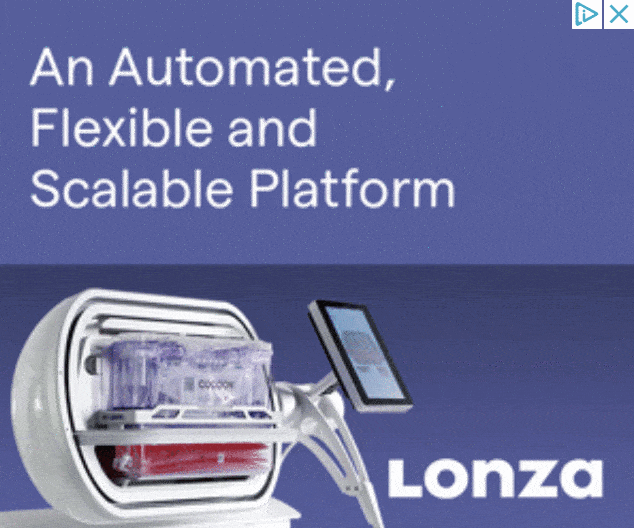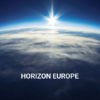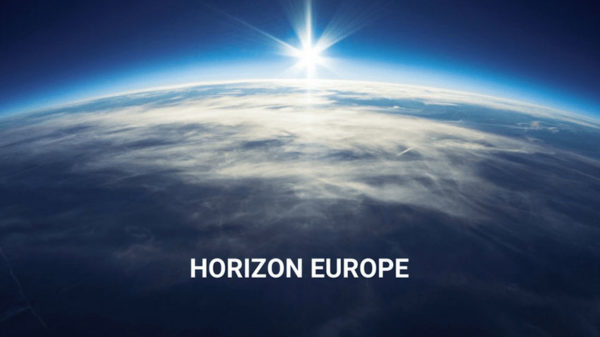Technology Reporter
 Netflix
NetflixThree strong knocks from the police battering ram and the front door bursts open. There’s a lot of shouting.
We follow heavily-armed officers as they stream into the house, a woman drops to the floor as the camera turns left, and we head up a small, dimly lit staircase, passing a man with his back against the wall, hands raised, yelling to no avail.
Within moments, a 13-year-old boy has been arrested and we’re back outside in the morning light. The family screams on the front lawn as the camera returns to the boy, now a detainee in the dark interior of a police van.
All this happens in three minutes. In one take. It is an early scene in Netflix’s hit show Adolescence, which was watched by more than 120 million people worldwide in its first month.
It wouldn’t have been possible to film a sequence quite like this five years ago, the show’s cinematographer Matthew Lewis claimed in a recent interview. Each of the four, roughly one hour-long episodes of Adolescence was shot entirely in one take, known as a “oner”, with the camera frequently following characters through frantic scenes, or switching from handheld to vehicle-mounted filming.

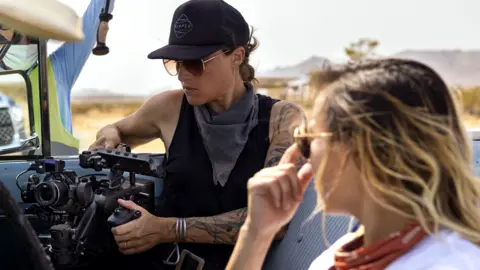 DJI
DJILightweight, self-stabilising cameras that can adjust to dramatic changes in environmental lighting have sparked a small revolution in the film and TV industry.
At the end of Adolescence’s second episode, for instance, the camera moves from filming inside a car to crossing a road, to flying over nearby streets, and then to ground level again.
You can just about detect the switch from drone to human operator – there’s a minuscule wobble – but unless you’re looking for them, these transitions are effectively seamless.
It was made possible in part by a DJI Ronin 4D, a small, high-resolution camera that has multiple built-in sensors for detecting movement in relation to the floor and nearby objects.
This allows internal mechanisms to compensate for that movement and achieve smooth, stable footage.
The result is “phenomenal”, says seasoned filmmaker and Boston University professor Tim Palmer.
He initially doubted that episodes of Adolescence really were shot in a single take. “As soon as I saw it I knew, no, that was absolutely done in one take.”
Camera technology has developed significantly lately, he adds.
In 2014, Prof Palmer worked on a hospital drama called Critical, which required lengthy shots in busy hospital corridors. “It was just little joystick video game controllers to make the camera pan and tilt, and that was just not precise enough,” he recalls.
Makers of such TV programmes have long tried to capture the energy of hospital environments. One episode of 1990s BBC series Cardiac Arrest opens in a hectic triaging unit. As far as I can tell, there is only one cut in the first 10 minutes – but the camera moves rather robotically back and forth. It is nowhere near as dynamic as Adolescence.
Prof Palmer adds that gimbals, stabilising devices for cameras, have been around for years now, but methods of controlling them and pulling footage remotely have only recently become highly sophisticated.
He also mentions how some of the latest cameras have built-in filters that can be controlled remotely, or stabilisation technology that can be activated or deactivated at the press of a button. “That’s a complete game-changer,” he says.

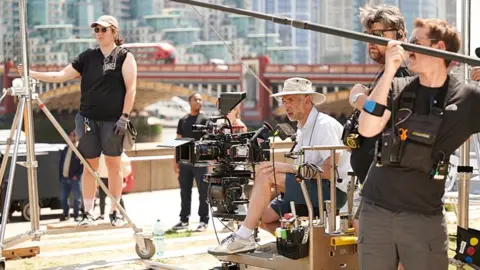 Ray Burmiston
Ray BurmistonLong single takes are far from a new concept in cinema. There are examples dating back decades.
Take the 2015 film Victoria, a hair-raising, two-hour and 20 minute feature film that its makers say was shot in a single take. Some have expressed scepticism about this in the past, but cinematographer Sturla Brandth Grøvlen tells the BBC emphatically, “There are no edits or cuts.”
While Mr Brandth Grøvlen had to rely on the technology of the time, he says that the slightly shaky images were intentional – the director wanted a film that reminded viewers of footage shot by news crews in warzones.
“It feels very much in the moment, but also like you never know what’s going to happen,” says Mr Brandth Grøvlen, “You’re taken on a journey.”
He used a Canon C300, a small motion picture camera well-suited to documentary filmmaking. Mr Brandth Grøvlen reduced the weight of the camera as much as possible by only adding essential accessories. He also practised the movements he planned to make during takes of the final film in order to achieve “muscle memory” of the process.
“When they suddenly start running I have to shift my grip on the camera from holding it on the side handle to the top handle – that way it shakes a little bit less,” he explains.
The Ronin 4D is DJI’s “first dedicated cinema camera”, says Brett Halladay, product education manager at the firm.
He describes the extensive stabilisation technology and the fact that the device transmits footage wirelessly to on-set monitors. It automatically selects a frequency based on the best available signal.
There are some limitations, though. The camera is not set up for vertical filming – increasingly in-demand with the rise of video-sharing smartphone apps such as TikTok.
Mr Halladay points out that it is possible to shoot in landscape and crop to a portrait, or vertical, image, though that might not be the most “ideal” solution, he acknowledges.
Other cameras are available. Canon, for instance, touts its line of lightweight Cinema EOS models.
Barry Griffin, a manager at Canon, says these cameras are finding a market among filmmakers aiming to shoot with increased freedom, or who want to put cameras in tiny podcast studios and livestream high-quality shots of hosts and their guests.

 Canon
CanonThe rise of highly ergonomic cameras could have a big impact on the quality of film and TV, says Booker T Mattison, a screenwriter and director who teaches filmmaking at the University of Georgia. “Point of view is often represented by the camera itself,” he says. “It absolutely, 100% allows you to tell better, more dynamic stories.”
There’s a risk that obsessing over one-take TV shows could become a gimmick at the expense of good storytelling, says Carey Duffy, director of product experiences at Cooke Optics.
Lightweight Cooke lenses were used by the makers of Adolescence. Mr Duffy explains that his firm designed these lenses to work with emerging, lightweight cameras and that this was possible in part because of the shorter distance between the back of the lens and the image sensor in those cameras, versus earlier devices.
But fascination over “oners” won’t be enough to retain audiences, says Prof Palmer: “Personally, it’s not going to make me want to watch something because it’s shot it one take – I want to watch these things because they’re good.”



